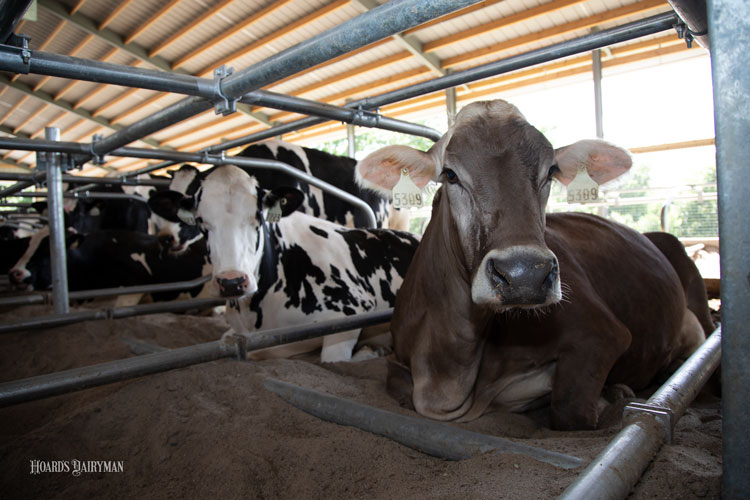
Dairy farmers painfully know that the past four years of low milk prices have drained balance sheets. That traverses the country and includes Michigan, which has experienced some of the lowest mailbox milk prices in recent years.
Even as low milk prices continue their stranglehold on dairy farms, there are a few farms in Michigan that are generating a profit . . . as the updated numbers for the accounting firm of Nietzke & Faupel indicated for the months of January to September.
There were 15 farms, representing the top 30 percent of Nietzke & Faupel’s clients, that earned a profit of 76 cents per hundredweight (53 cents per cow per day) from January 1 to September 30, 2018. On the flip side, when looking at all 48 clients, losses averaged 66 cent per hundredweight (44 cents per cow per day). That’s a spread of $1.42 per hundredweight.
Driving home the current economic plight, the 48-client total included these 15 top earners, which means the spread between the profitable “one-third” of farms and the remaining 33 is even more pronounced.
Replacements eat away at profits
When looking at cost categories with major differences, “cull cow expense” varied by 23 cents per hundredweight (11 cents per cow). This is a significant difference as the cost to replace a cow was running much higher on the negative cash flow dairies.
Here are some other takeaways from looking at all 48 herds and comparing them to the top one-third of farms with positive cash flows called the “positive third.”
Milk hauling: The positive third spent 71 cents per cwt. on getting milk to the processor versus 82 cents for all herds for an 11-cent savings.
Custom hire: The positive third spent 19 cents per hundredweight (cwt.) on “custom hire and waste removal” versus 28 cents for all herds for a 9-cent savings.
Feed: The positive third spent $7.57 per cwt. on feed versus $7.66 for all herds for a 9-cent savings.
Interest: The positive third spent 52 cents per cwt. on debt charges versus 60 cents for all herds for an 8-cent savings.
Rent: The positive third spent 10 cents per cwt. on rent charges versus 18 cents for all herds for an 8-cent savings.
This accumulated differences on the expenditure side of the ledger of $17.23 for the positive third versus $17.61 for all herds.
More: A few farmers are still making money
No substitute for milk income
Outside of expenses, those “positive third” cash flow herds in this Michigan dataset simply received more for their milk. This could include quality or component premiums. Among the whole group there was a $1.04 spread in income — $17.99 versus $16.95 per hundredweight in favor of the positive cash flow group.
To review the numbers, go to: on.hoards.com/NF_3rdQuarter_2018








